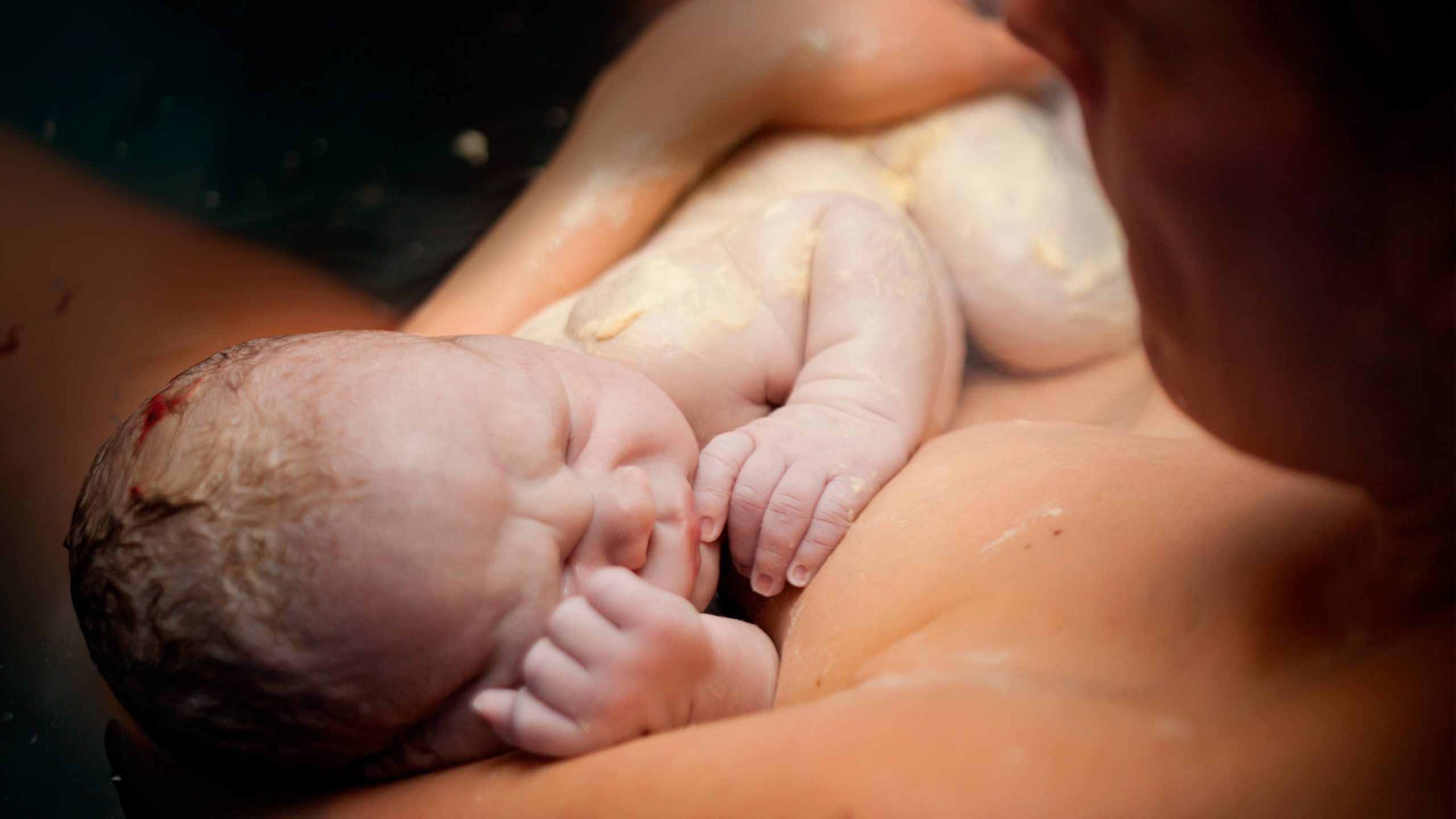The miracle of childbirth is a wondrous and awe-inspiring event. As a new life enters the world, it raises questions about the natural instincts that guide mothers in caring for their newborns. One commonly asked question is why women do not have a natural instinct to clean their babies with their mouths. However, recent scientific understanding reveals a remarkable truth about the newborn’s protective layer called vernix, challenging conventional wisdom and highlighting the importance of embracing nature’s design.
For years, medical professionals would swiftly wash off the vernix, considering it unsightly and unnecessary. However, a deeper understanding has emerged, dispelling the misconception that immediate cleansing is required. Vernix, a creamy, white substance, serves a crucial purpose beyond its initial appearance. It acts as a protective layer, akin to magical skin cream, offering a range of benefits for the newborn’s well-being.
One of the primary functions of vernix is its ability to provide anti-bacterial protection. This natural coating acts as a shield, guarding the delicate newborn skin from potential infections that could be harmful in the early stages of life. By leaving the vernix untouched, it can effectively inhibit the growth of harmful bacteria, promoting a healthier environment for the baby’s skin.
In addition to its protective role, vernix also possesses remarkable wound healing properties. The substances present in vernix, such as antimicrobial peptides, help accelerate the healing process of any minor abrasions or small cuts that may occur during birth. By allowing the vernix to remain on the baby’s skin, it acts as a natural bandage, aiding in the quick recovery and reducing the risk of complications.
The understanding of the benefits offered by vernix has led to a shift in medical practices surrounding newborn care. Healthcare professionals now advocate for leaving the vernix undisturbed, allowing it to be naturally absorbed into the baby’s skin. This change reflects a deeper appreciation for the innate wisdom of nature and the evolutionary significance of this protective layer.
It is essential to recognize that not all newborns have the same amount of vernix at birth. Factors such as gestational age and individual variability can influence the quantity present. However, regardless of the amount, the presence of vernix holds value in terms of its protective and healing properties.
As our understanding of the vernix evolves, it serves as a reminder that nature often holds remarkable solutions to our questions. Embracing the wisdom encoded in the delicate balance of childbirth enables us to provide the best care for newborns. By allowing vernix to fulfill its intended role, we honor the innate processes that have shaped human existence for millennia.
In conclusion, the absence of a natural instinct to clean newborns with their mouths is not an oversight but rather a testament to the inherent wisdom of nature. The vernix, with its protective and healing properties, serves as an invaluable ally in the early stages of a baby’s life. As we continue to unravel the mysteries of childbirth, it is essential to embrace the wonders of nature’s design and work in harmony with it to ensure the well-being of both mother and child.





